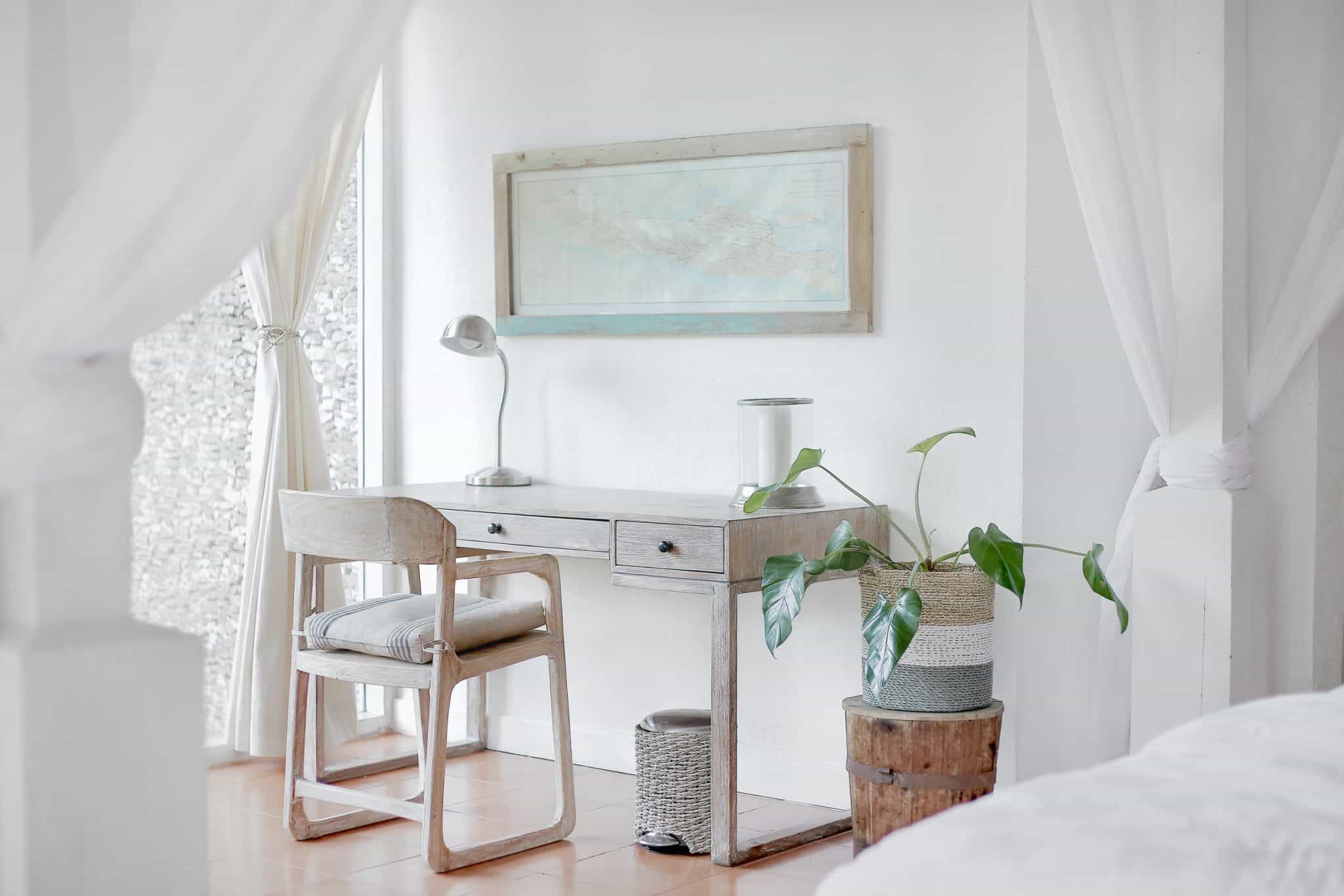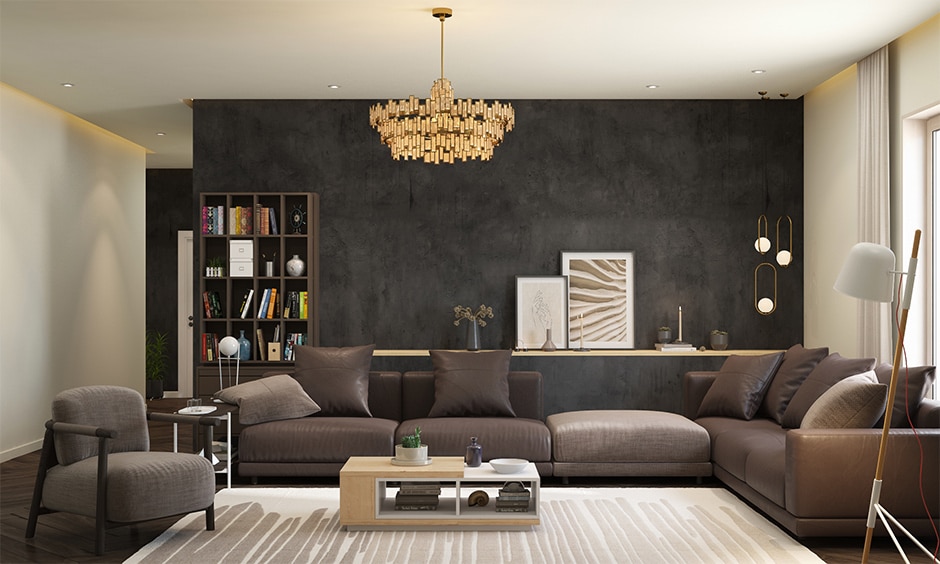4 Ways to Improve Lighting and Promote Eye Health At Home
Beyond cleaning your home, you can invest in upgrades and renovations that allow you and your family to improve your health and well-being. So, a previous post outlines home improvement projects that can help you live healthier and happier. These include replacing air filters to reduce the risk of air-borne allergies and respiratory conditions, as well as sealing gaps and cracks to prevent radioactive radon from entering your home and damaging your lungs.
But besides respiratory health, another aspect of wellness you can’t overlook is your eyesight. Considering the rising cases of vision problems like eye strain, you must pay attention to proper lighting to reduce the physical symptoms of eye strain, like headaches and discomfort. Well-lit environments can also help avoid worsening vision impairments like myopia, so here are a few ways to improve lighting and promote optimal eye health at home.
1. Increase natural light
Natural light is essential to eye health, as it helps stimulate the production of vitamin D for a slower aging process and improved vision. Research published in Ophthalmology and Therapy also notes that exposure to natural light can reduce the progression of myopia by maintaining the correct distance between the lens and retina. So, it’s especially crucial for children to soak up natural light to ensure their eyeballs grow and develop normally and avoid being shortsighted. Aside from spending more time outdoors, you can introduce natural light in your own home by having big, open windows in rooms and installing skylights to reduce the need for artificial lighting.
2. Protect your eyes from UV light sources
It is worth noting that natural light can be beneficial as long as you’re not overexposed. This is because the sun can emit harmful ultraviolet rays that can damage the retina and heighten the risk of eye conditions like cataracts. Nonetheless, you can protect yourself and your family from UV damage by having windows with UV-blocking features. Since UV rays can also come from artificial light sources like fluorescent lamps, it’s best to minimize your exposure to the rapid flickering of this type of lighting.
3. Minimize exposure to blue light
Aside from UV, damaging blue light can also be emitted not only by the sun but also by electronic devices like televisions, computer monitors, and phone screens. Visible blue light can increase the likelihood of eye strain while also affecting your overall health by disrupting your sleep patterns. You can start by getting screen protectors for your electronic devices or choosing Eye Safe-certified screens in the first place. Additionally, eyewear retailer Clearly recommends wearing blue light glasses that filter blue-violet from the digital devices you use daily. The patented BlueReflect lenses provide visual comfort and minimize blue light exposure indoors and out and are available for prescription and reading glasses.
4. Switch to LED lights
Lastly, minimizing UV and blue light exposure can also mean using lamps with light-emitting diodes (LEDs). As the U.S. Energy Department has implemented a ban on incandescent bulbs across the country, consider switching to LED lights that are not only safe on the eyes but are also energy-efficient. LED lamps can last 25 to 50 times longer than incandescent bulbs, allowing you to save money and protect the environment. Electronics company Philips provides a wide range of sustainable LED lighting solutions, from WarmGlow bulbs that create ambient light in bedrooms and living rooms to commercial strip lights that can illuminate surfaces like shelves, cabinets, and walls.
As you keep these tips in mind, you may also choose to experiment with different lighting angles and positions to find the right setup that works for your eyes. You can also introduce adjustable and adaptable lamps in small spaces like desks and tables to ensure optimal comfort and eye health for everyone at home.








One Comment